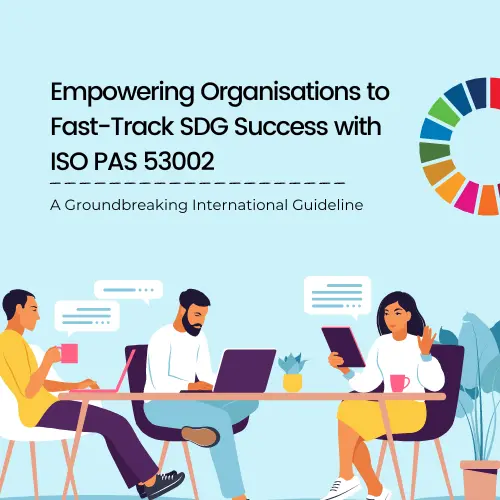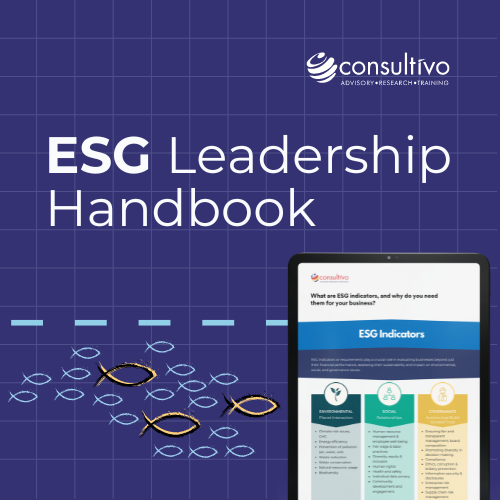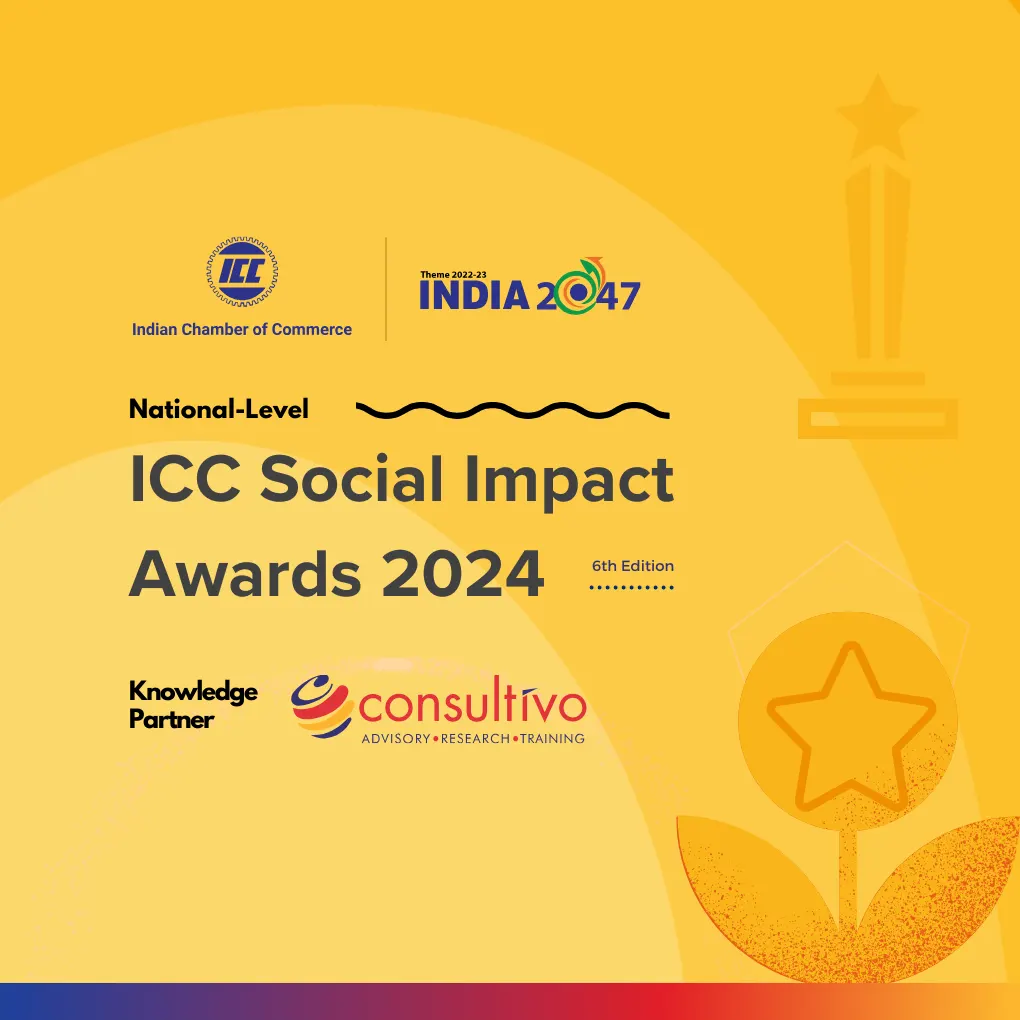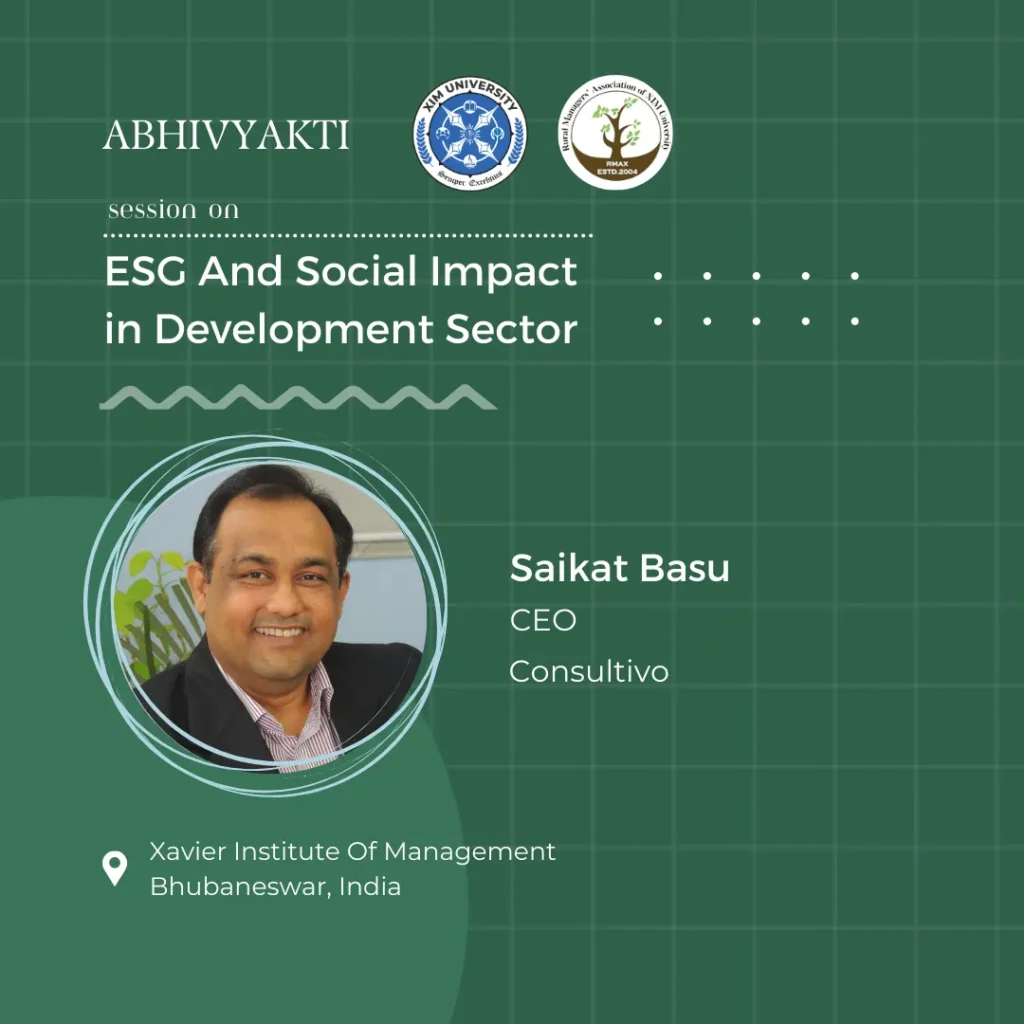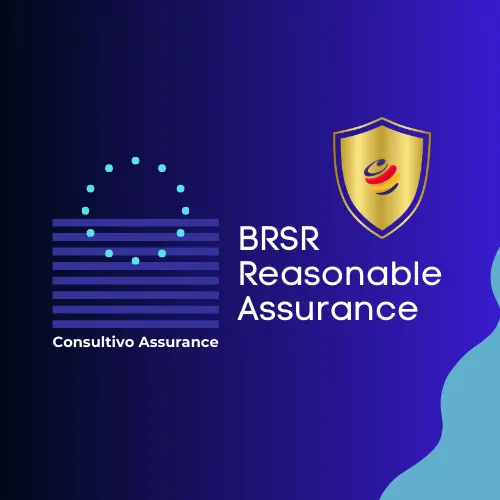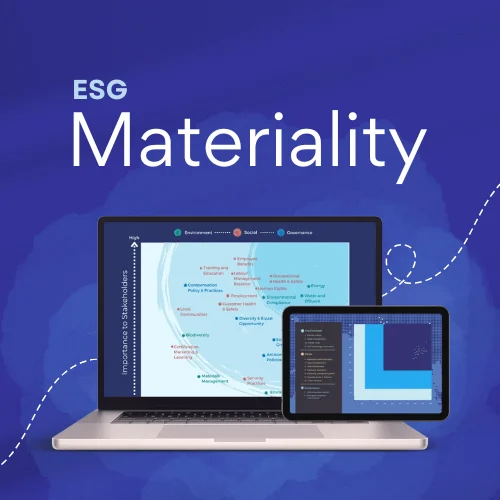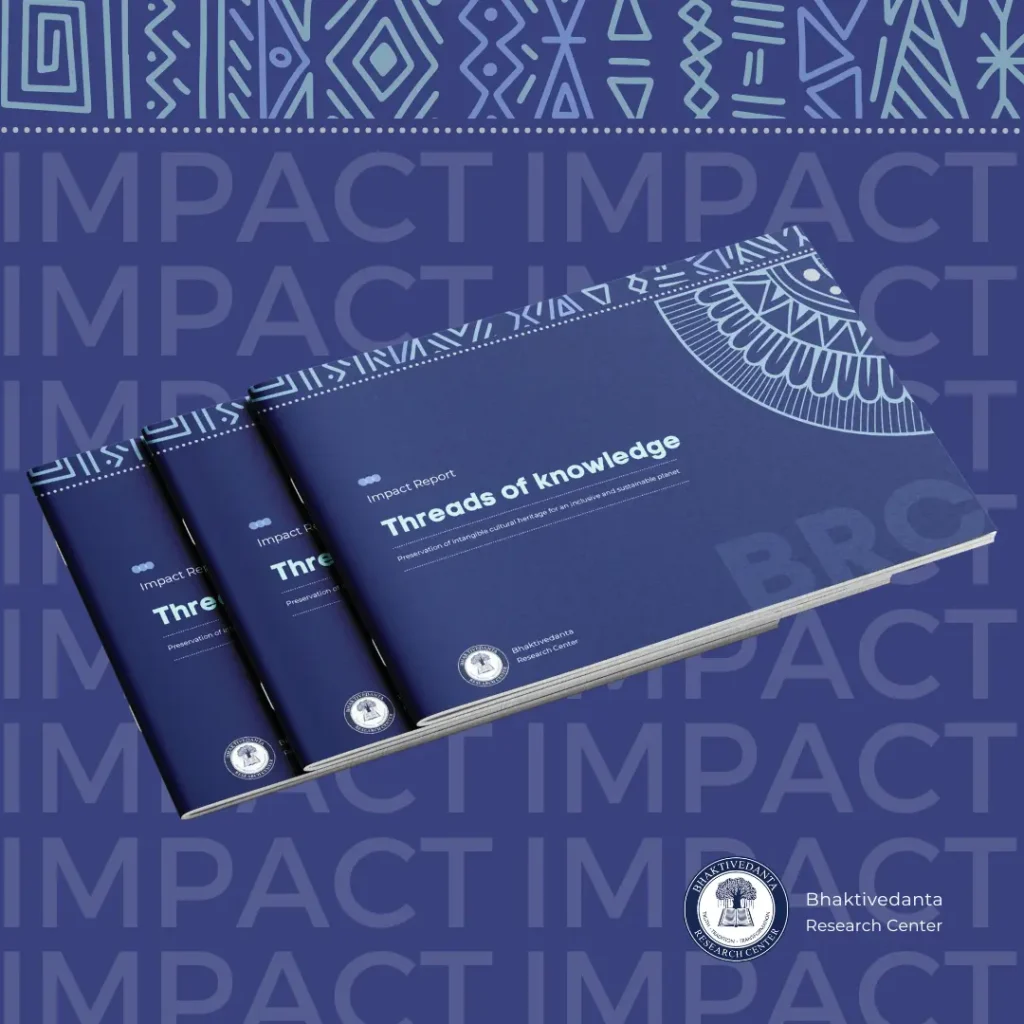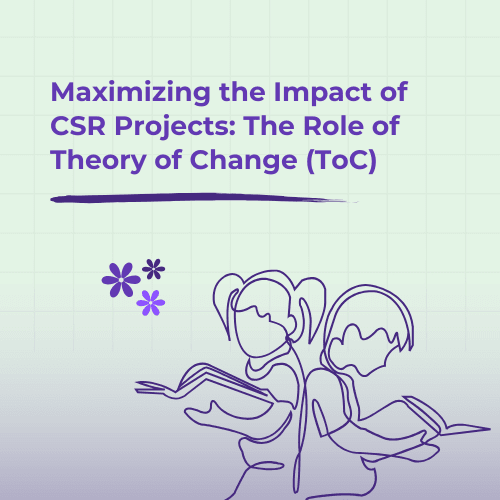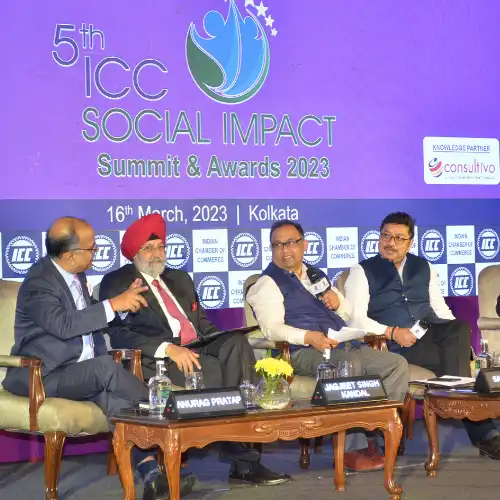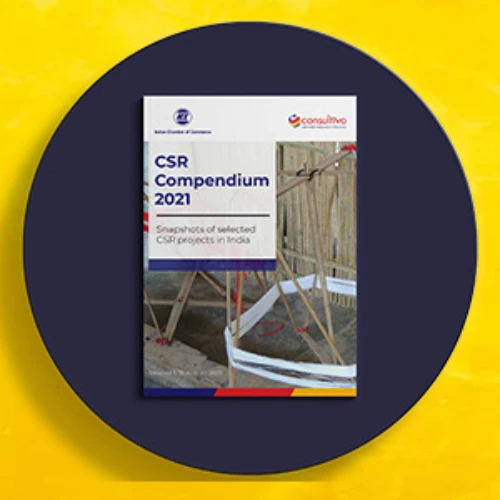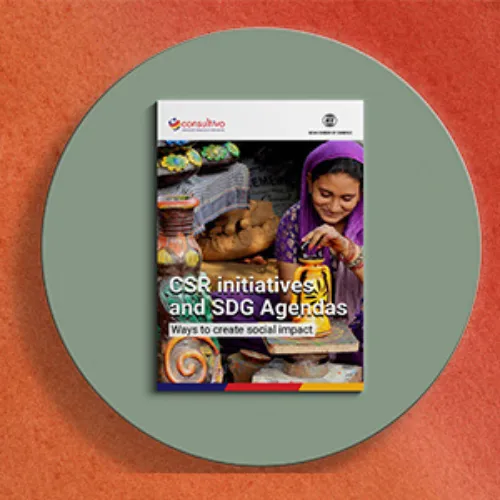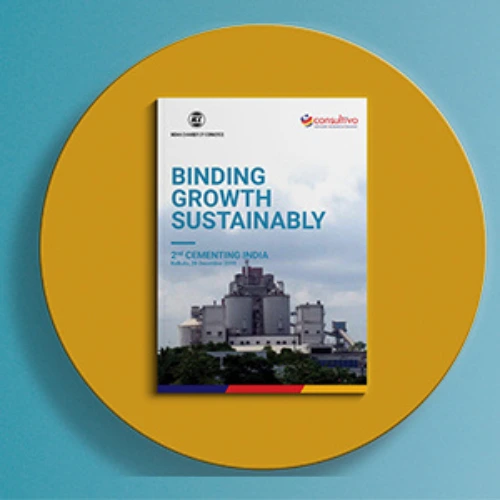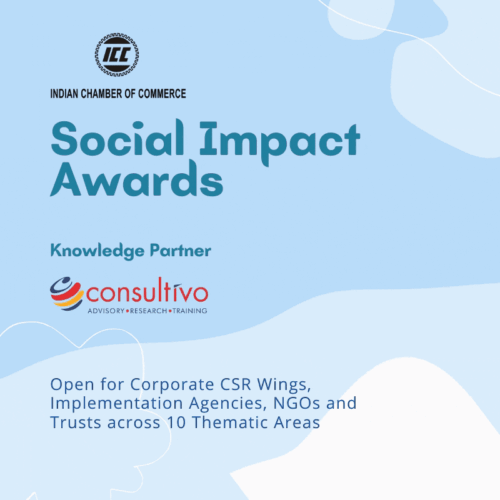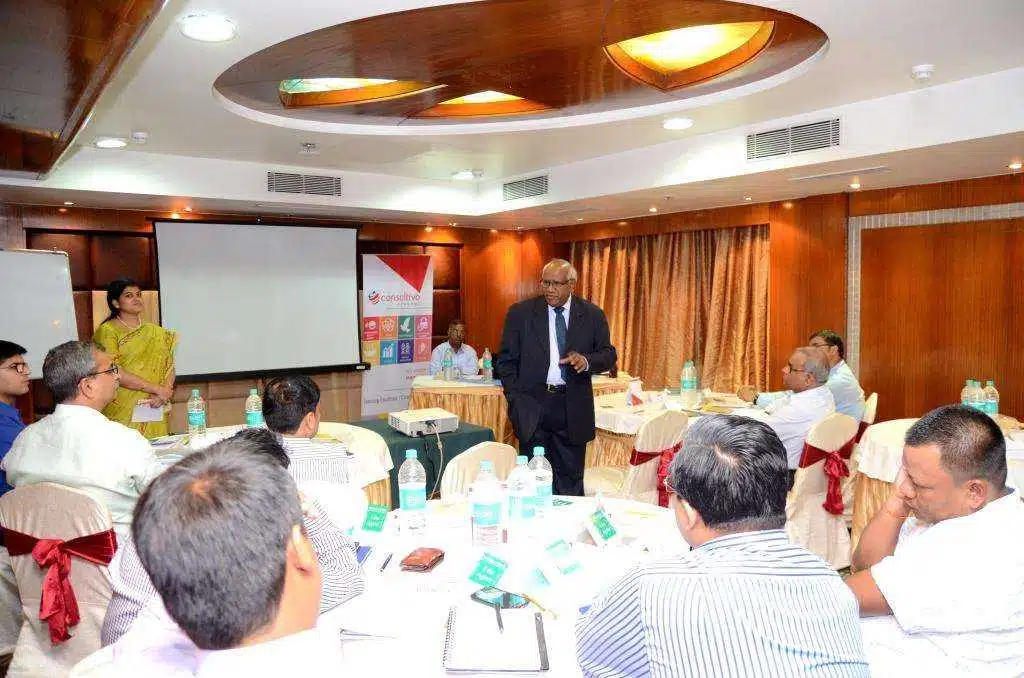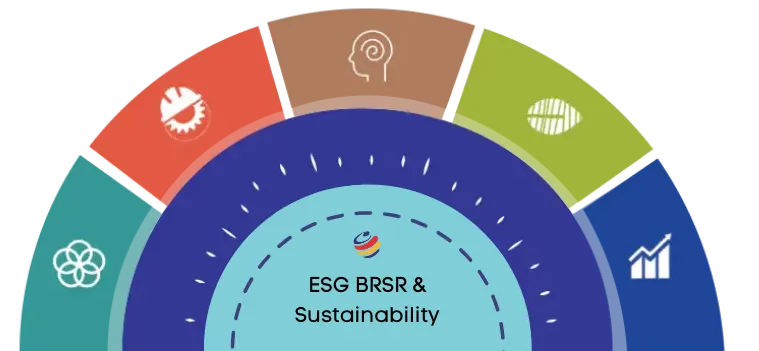
ESG framework adoption is no longer a strategic choice but a critical imperative for businesses.
It serves as your organisation’s compass, guiding you through evolving regulations and stakeholder expectations to build a resilient, attractive future.
This guide explores essential ESG frameworks, showing how they align with sustainability goals and enhance operational efficiency.
You’ll discover how adopting these frameworks can transform your business into a leader in responsibility, turning challenges into opportunities for a brighter, sustainable tomorrow.
What you will find here
Understanding ESG framewok: What does it mean for businesses?
In recent years, the concept of environmental, social, and governance (ESG) has become a significant focal point for businesses worldwide. ESG represents a set of criteria used to evaluate a company’s operations and performance concerning sustainability and ethical impacts.
The environmental aspect addresses how a company performs as a steward of nature, including its energy use, waste management, and ecological conservation efforts. The social component examines how a company manages relationships with employees, suppliers, customers, and the communities where it operates. Governance involves the internal system of practices, controls, and procedures a company adopts to govern itself, make effective decisions, comply with the law, and meet the needs of external stakeholders.
For businesses, ESG is more than just a set of guidelines; it is an ESG framework for creating long-term value and achieving sustainable growth. By integrating ESG factors into their strategic planning and operational processes, companies can better manage risks, enhance their reputations, and meet the increasing demands of stakeholders. Investors, consumers, employees, and regulatory bodies are all placing greater emphasis on ESG performance, making it a critical consideration for modern businesses.
Moreover, the impact of ESG on business success extends beyond compliance and risk management. It encompasses innovation, resilience, and competitiveness. Companies that prioritise ESG are often better positioned to capitalise on emerging market opportunities, foster customer loyalty, and attract top talent.
As sustainability becomes a key driver of business strategy, understanding and implementing ESG principles is essential for any organisation aiming to thrive in the current and future marketplace.
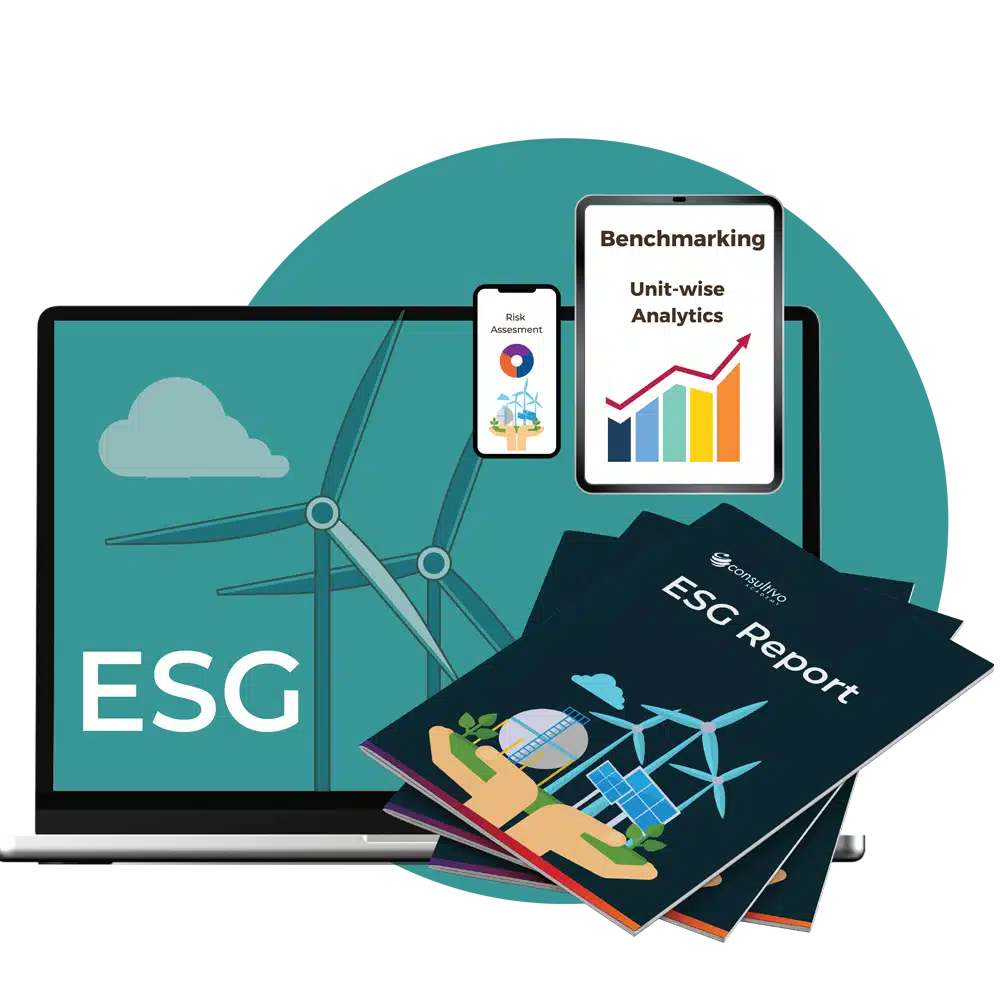
The importance of ESG frameworks in today’s market
In today’s market, the importance of ESG frameworks cannot be overstated. With increasing awareness of climate change, social inequalities, and corporate governance scandals, stakeholders are demanding greater transparency and responsibility from businesses. Investors, in particular, are scrutinising companies’ ESG credentials as part of their decision-making process. They recognise that companies with robust ESG practices are more likely to deliver sustainable financial performance and are less exposed to risks associated with environmental degradation, social unrest, and governance failures.
ESG frameworks provide a structured approach for businesses to assess and improve their sustainability practices. These frameworks offer guidelines, metrics, and best practices that help companies identify areas for improvement, set targets, and measure progress.
By adopting an ESG framework, businesses can ensure that their sustainability efforts are aligned with industry standards and stakeholder expectations. This alignment enhances credibility, fosters trust, and can lead to better relationships with investors, customers, and regulators.
Furthermore, ESG frameworks help businesses navigate the complex landscape of sustainability regulations and reporting requirements. As governments and regulatory bodies around the world introduce stricter sustainability-related laws and disclosure mandates, companies need to stay ahead of compliance obligations. ESG frameworks provide the tools and methodologies to track performance, report accurately, and demonstrate accountability. This not only helps businesses avoid legal and reputational risks but also positions them as leaders in sustainability, capable of influencing industry standards and driving systemic change.
Key components of any ESG framework: environmental, social, and governance
Environmental
The environmental component focuses on a company’s impact on the natural environment. This includes its carbon footprint, resource consumption, waste management, and efforts to mitigate climate change. Companies are expected to adopt practices that reduce greenhouse gas emissions, enhance energy efficiency, conserve water, and minimise waste. Additionally, businesses should consider their role in promoting biodiversity, protecting ecosystems, and supporting sustainable supply chains. By prioritising environmental sustainability, companies can reduce operational risks, lower costs, and create value for stakeholders.
Social
The social component examines how a company interacts with its employees, customers, suppliers, and communities. It encompasses issues such as labour practices, human rights, diversity and inclusion, health and safety, and community engagement. Companies are encouraged to create a positive workplace culture, offer fair wages and benefits, and ensure safe and healthy working conditions. Social responsibility also involves ethical sourcing, customer satisfaction, and contributing to the well-being of the communities in which the company operates. By fostering strong social relationships, businesses can enhance their reputation, attract and retain talent, and build loyal customer bases.
Governance
The governance component addresses the internal structures and processes that guide a company’s decision-making and accountability. It includes board composition, executive compensation, shareholder rights, transparency, and ethical conduct. Effective governance ensures that a company operates with integrity, complies with laws and regulations, and aligns its strategies with stakeholder interests. Strong governance practices help prevent fraud, corruption, and conflicts of interest, fostering trust and confidence among investors and other stakeholders. By prioritising governance, companies can build resilient organisations capable of navigating challenges and seizing opportunities.

How to implement an effective ESG strategy
Implementing an effective ESG strategy requires a comprehensive and integrated approach.
The first step is to conduct a materiality assessment to identify the ESG issues that are most relevant to the business and its stakeholders. This involves engaging with stakeholders, analysing industry trends, and evaluating the company’s current ESG performance. By understanding the material ESG issues, businesses can prioritise their efforts and allocate resources more effectively.
Once the material ESG issues have been identified, companies should set clear, measurable, and time-bound goals. These goals should be aligned with the company’s overall business strategy and reflect its commitment to sustainability. For example, a company might set targets to reduce carbon emissions, improve diversity and inclusion, enhance supply chain transparency, or strengthen governance practices. Setting ambitious yet achievable goals helps to drive continuous improvement and demonstrates the company’s dedication to ESG.
To achieve these goals, businesses need to integrate ESG considerations into their core operations and decision-making processes. This involves embedding ESG criteria into strategic planning, risk management, and performance evaluation. Companies should also establish robust governance structures to oversee ESG efforts, including assigning responsibility to senior executives and forming dedicated ESG committees.
Additionally, businesses should invest in training and capacity-building to ensure that employees at all levels understand the importance of ESG and are equipped to contribute to the company’s sustainability objectives. For specialised guidance, engaging an ESG consultant can be invaluable. Businesses can also look into environmental, social and governance consulting to understand best practices.
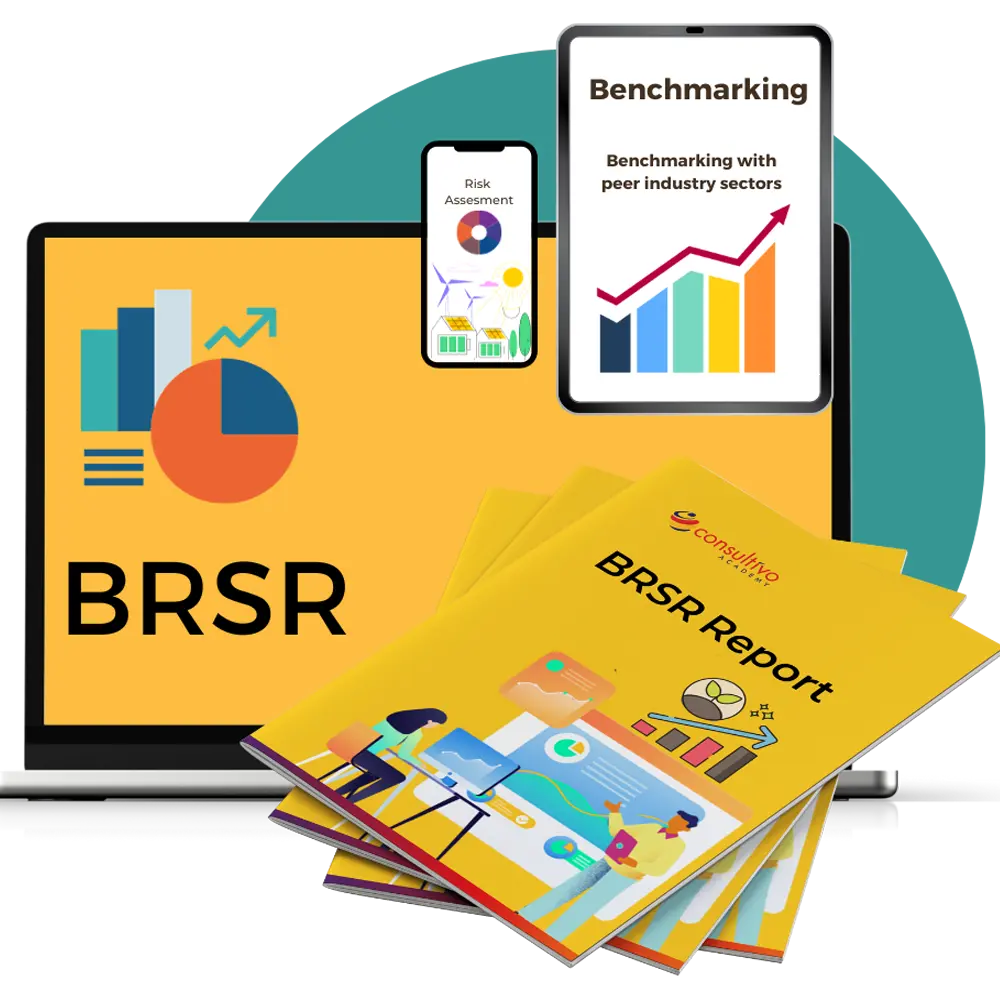
Business responsibility and sustainability reporting
Measuring ESG performance: Metrics and reporting standards
Measuring ESG performance is crucial for assessing progress, identifying areas for improvement, and demonstrating accountability to stakeholders. There are various metrics and ESG reporting standards and frameworks that businesses can use to track and report their ESG performance. These include both quantitative and qualitative indicators that cover a wide range of environmental, social, and governance aspects.
For the environmental component, common metrics include greenhouse gas emissions, energy consumption, water usage, waste generation, and biodiversity impact. Companies can use ESG reporting frameworks such as the Global Reporting Initiative (GRI), the Task Force on Climate-related Financial Disclosures (TCFD), and the Carbon Disclosure Project (CDP) to guide their environmental reporting. These frameworks provide standardised methodologies for measuring and disclosing environmental performance, enabling comparability and benchmarking.
For the social component, metrics may include employee turnover rates, workplace safety incidents, diversity and inclusion statistics, human rights practices, and community investments. The Social Accountability 8000 (SA8000) standard and the United Nations Global Compact (UNGC) principles offer guidelines for measuring and reporting social performance. These standards help businesses ensure that their social practices align with international norms and stakeholder expectations.
For the governance component, metrics may include board diversity, executive compensation, anti-corruption measures, shareholder rights, and transparency practices. The Sustainability Accounting Standards Board (SASB) and the International Integrated Reporting Council (IIRC) provide ESG reporting frameworks for governance reporting. These frameworks help companies communicate their governance practices and demonstrate their commitment to ethical conduct and accountability. To ensure accuracy and credibility, an ESG audit can be conducted by ESG specialists.
The role of stakeholders in shaping ESG initiatives
Stakeholders play a critical role in shaping ESG initiatives and driving corporate sustainability. Stakeholders include investors, employees, customers, suppliers, communities, regulators, and non-governmental organisations (NGOs). Each group has unique interests, expectations, and influence over a company’s ESG performance.
Investors are increasingly incorporating ESG factors into their investment decisions. They recognise that companies with strong ESG practices are better positioned to manage risks, seize opportunities, and deliver long-term value. Investors use ESG ratings, indices, and data providers to assess companies’ sustainability performance and engage with them on ESG issues. By demanding greater transparency and accountability, investors can influence companies to adopt and enhance their ESG practices.
Employees are another key stakeholder group that can drive ESG initiatives. Engaged and motivated employees are essential for implementing sustainability practices and achieving ESG goals. Companies that prioritise employee well-being, diversity and inclusion, and ethical labour practices can attract and retain top talent, enhance productivity, and foster a positive workplace culture. Employee involvement in ESG initiatives can also lead to innovative solutions and continuous improvement.
Customers and consumers are increasingly making purchasing decisions based on a company’s ESG performance. They expect companies to act responsibly and sustainably, and they are willing to support businesses that align with their values. Companies that prioritise customer satisfaction, ethical sourcing, and sustainable products can build loyal customer bases and gain a competitive advantage. Engaging with customers on ESG issues and communicating sustainability efforts can strengthen brand loyalty and trust.
Popular and important ESG frameworks for an organisation
Navigating the landscape of ESG frameworks can be complex for organisations, as there isn’t a single, universally mandated standard. The “best” framework depends on an organisation’s industry, geographic location, stakeholders, goals, and regulatory requirements. However, several popular and important frameworks are widely recognised and used. Here’s a breakdown of the leading ESG frameworks:
Global Reporting Initiative (GRI) standards
- Focus: Widely considered the most comprehensive and globally used ESG reporting framework for sustainability reporting. GRI provides a modular set of ESG standards that cover a broad range of economic, environmental, and social impacts.
- Audience: Designed for a wide array of stakeholders, including investors, consumers, employees, and civil society.
- Key Feature: Emphasises “double materiality”, meaning it focuses on both the impact of the organisation on sustainability issues (outside-in perspective) and the financial impact of sustainability issues on the organisation (inside-out perspective).
- Usage: Used by a significant percentage of the world’s top companies.
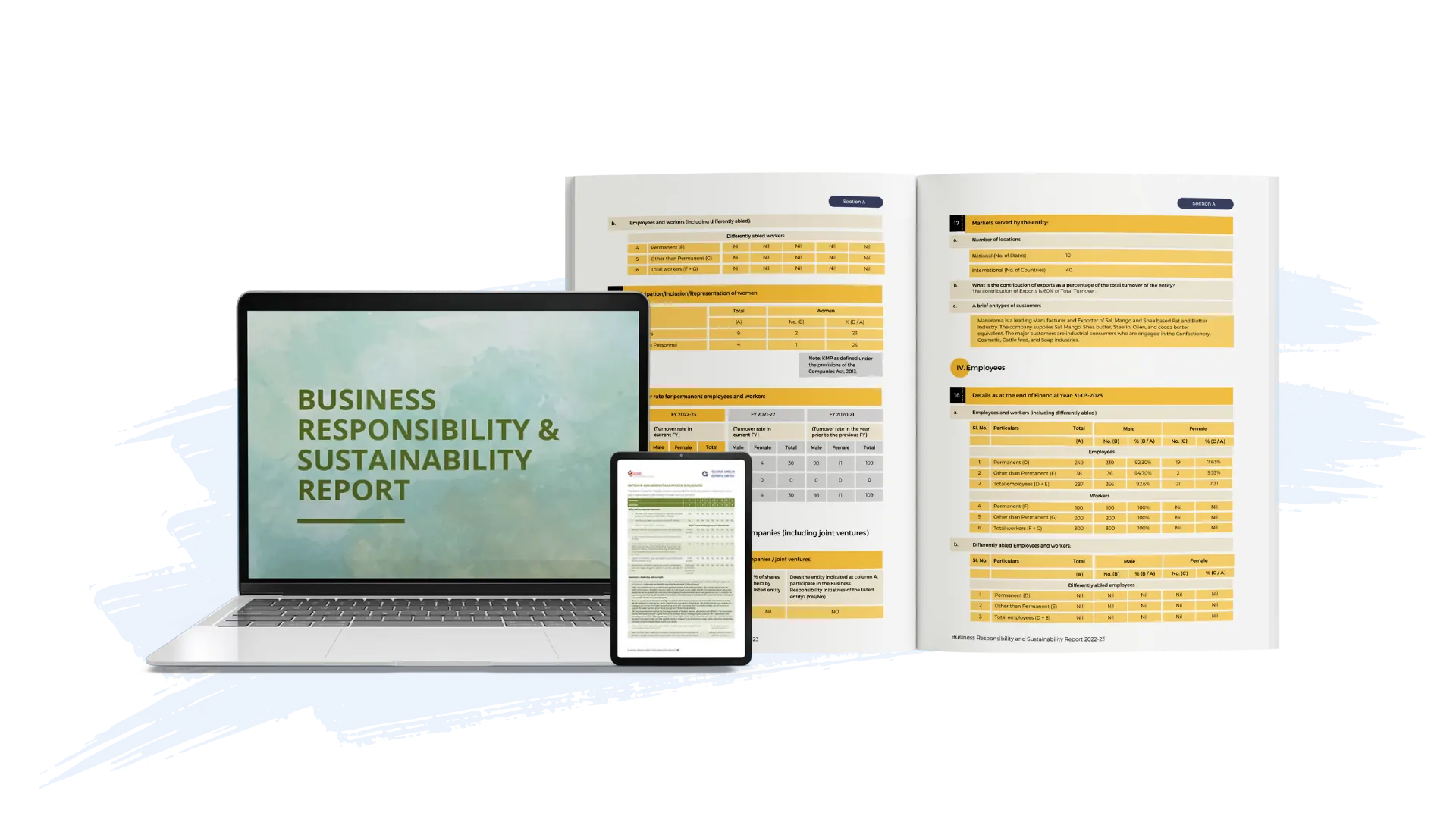
Sustainability Accounting Standards Board (SASB) standards
- Focus: Provides industry-specific ESG standards for reporting financially material ESG topics. SASB’s primary goal is to help companies disclose sustainability information that is relevant to investors.
- Audience: Primarily caters to investors, helping them understand how ESG factors impact a company’s financial performance.
- Key feature: The standards are categorised across 77 industries within 11 sectors, identifying the ESG issues most likely to affect a company’s financial condition or operating performance.
- Usage: Often used in conjunction with GRI to provide a more holistic view for both financial and broader stakeholders.
Task Force on Climate-Related Financial Disclosures (TCFD)
- Focus: Specifically addresses climate-related financial risks and opportunities. TCFD provides recommendations for disclosing information across four core elements: Governance, Strategy, Risk Management, and Metrics and Targets.
- Audience: Primarily targets investors, lenders, and insurance underwriters, enabling them to assess climate-related financial risks and opportunities.
- Key feature: Has been highly influential in shaping climate disclosure regulations globally. Its recommendations are often incorporated into other ESG frameworks and regulations.
Carbon Disclosure Project (CDP)
- Focus: A global disclosure system for companies, cities, states, and regions to measure and manage their environmental impacts, specifically focusing on climate change, water security, and deforestation.
- Audience: Encourages companies to disclose their environmental data to a global platform, which is then used by investors, customers, and policymakers.
- Key feature: Provides a standardized questionnaire and scoring system for companies to report on their emissions, water usage, and forest-related impacts.
International Sustainability Standards Board (ISSB) IFRS Sustainability Disclosure Standards (IFRS S1 & S2)
- Focus: Aims to create a comprehensive global baseline of sustainability disclosures for capital markets. IFRS S1 sets out general requirements for sustainability-related financial disclosures, while IFRS S2 specifies climate-related disclosures.
- Audience: Primarily aimed at investors and other capital market participants to provide comparable and decision-useful information.
- Key feature: The ISSB was formed under the IFRS Foundation, signaling a move towards integrating sustainability reporting with financial reporting. These ESG standards build on elements from TCFD and SASB. Many jurisdictions are moving towards making these standards mandatory.
United Nations Sustainable Development Goals (UN SDGs)
- Focus: While not an ESG reporting framework in itself, the UN SDGs are a set of 17 interconnected global goals with 169 targets to achieve by 2030. They provide a universal call to action to end poverty, protect the planet, and ensure peace and prosperity.
- Audience: Provides a shared blueprint for governments, businesses, and civil society to align their sustainability efforts.
- Key feature: Organisations often map their ESG initiatives and impacts to relevant SDGs to demonstrate their contribution to global sustainability challenges.
Corporate Sustainability Reporting Directive (CSRD) – European Union
- Focus: A mandatory regulatory environmental, social and governance framework for large companies operating in the EU. It significantly expands the scope and detail of sustainability information that companies must disclose.
- Audience: Primarily for European companies and those operating within the EU’s jurisdiction.
- Key feature: Introduces the concept of “double materiality” as a legal requirement, encompassing both impact materiality and financial materiality. It also mandates assurance for reported sustainability information.
Business Responsibility and Sustainability Reporting (BRSR) – India
- Focus: Mandated by the Securities and Exchange Board of India (SEBI) for the top listed companies in India, the BRSR aims to provide a standardised, comprehensive, and quantitative framework for ESG disclosures. It’s built upon the nine principles of the National Guidelines on Responsible Business Conduct (NGRBCs) issued by the Ministry of Corporate Affairs, Government of India. This is a key ESG framework in India.
- Audience: Primarily targets investors, regulators, and other stakeholders in India, enabling them to assess a company’s sustainability performance and ethical practices.
- Key Feature:
- Mandatory for top Indian listed companies: Unlike some voluntary ESG frameworks, BRSR is a regulatory requirement for a significant portion of the Indian corporate sector.
- Comprehensive disclosures: It covers a wide range of ESG metrics, both quantitative and qualitative, across environmental, social, and governance aspects.
- Alignment with global standards: While specific to India, BRSR is designed to align with globally recogniSed ESG frameworks like GRI, SASB, and TCFD, facilitating comparability for international investors.
- BRSR Core: A subset of the BRSR, BRSR Core, was introduced in 2023 with mandatory assurance requirements for a focused set of ESG disclosures, particularly for the value chain, further enhancing credibility. For deeper understanding, you can explore BRSR reporting and BRSR assurance.
- Usage: Mandatory for the top 1,000 listed companies by market capitaliSation in India from FY 2022-23 onwards. Other companies can adopt it voluntarily.
Quick reference comparison chart: Popular ESG frameworks
Global Reporting Initiative (GRI) Standards
- Primary focus: Broad economic, environmental, and social impacts for sustainable development.
- Target audience: Wide array of stakeholders (investors, consumers, employees, civil society, etc.)
- Key characteristics: Comprehensive, modular standards for impact reporting; widely adopted.
- Mandate/voluntary: Voluntary (often adopted as best practice)
- Geographic scope: Global
- Materiality approach: Double materiality: Impacts of the organization on sustainability issues and impacts on the organization from sustainability issues.
Sustainability Accounting Standards Board (SASB) Standards
- Primary focus: Financially material ESG topics relevant to enterprise value.
- Target audience: Investors and financial stakeholders
- Key characteristics: Industry-specific (77 industries); quantitative metrics for financial materiality.
- Mandate/voluntary: Voluntary (influential for investor disclosures)
- Geographic scope: Global (Strong presence in North America)
- Materiality approach: Double materiality: Financial Materiality: ESG issues likely to affect a company’s financial condition or operating performance
Task Force on Climate-related Financial Disclosures (TCFD)
- Primary focus: Climate-related financial risks and opportunities.
- Target audience: Investors, lenders, insurance underwriters.
- Key characteristics: Recommendations structured around Governance, Strategy, Risk Management, and Metrics & Targets.
- Mandate/voluntary: Voluntary (increasingly adopted or mandated by regulators).
- Geographic scope: Global
- Materiality approach: Double materiality:
Financial Materiality: Focus on how climate-related risks and opportunities impact financial performance.
Carbon Disclosure Project (CDP)
- Primary focus: Environmental impacts (climate change, water security, deforestation).
- Target audience: Investors, customers, policymakers
- Key characteristics: Standardised questionnaires and scoring system for environmental data disclosure.
- Mandate/voluntary: Voluntary (often driven by investor/customer requests)
- Geographic scope: Global
- Materiality approach: Environmental risks and opportunities.
International Sustainability Standards Board (ISSB) IFRS Sustainability Disclosure Standards (IFRS S1 & S2)
- Primary focus: Global baseline for sustainability-related financial disclosures for capital markets.
- Target audience: Investors and capital market participants.
- Key characteristics: Builds on TCFD & SASB; aims for global comparability and integration with financial reporting.
- Mandate/voluntary: Voluntary (but rapidly being adopted/mandated by jurisdictions).
- Geographic scope: Global
- Materiality approach: Double materiality (capital markets focus): Focus on information useful to investors in assessing enterprise value, which inherently considers the impact of sustainability issues on the entity.
Business Responsibility and Sustainability Reporting (BRSR)
- Primary focus: Comprehensive ESG disclosures across environmental, social, and governance aspects, aligned with NGRBC principles.
- Target audience: Investors, regulators, and stakeholders in India.
- Key characteristics: Standardized, quantitative disclosures; includes “BRSR Core” with mandatory assurance for selected metrics.
- Mandate/voluntary: Mandatory for top 1000 listed Indian companies by market cap.
- Geographic scope: India
- Materiality approach: Double materiality (capital markets focus)- Aligns with double materiality principles.
Corporate Sustainability Reporting Directive (CSRD)
- Primary focus: Mandatory, detailed sustainability reporting for large EU companies and those operating significantly in the EU.
- Target audience: Regulators, investors, and broad stakeholders within the EU.
- Key characteristics: Requires European Sustainability Reporting Standards (ESRS); significantly expands scope and detail of non-financial reporting.
- Mandate/voluntary: Mandatory for in-scope companies in the EU.
- Geographic scope: European Union
- Materiality approach: Double materiality: Legally requires reporting on both impact materiality and financial materiality
United Nations Sustainable Development Goals (UN SDGs)
- Primary focus: Global goals for sustainable development (ending poverty, protecting the planet, peace and prosperity).
- Target audience: Governments, businesses, civil society.
- Key characteristics: A universal call to action; provides a framework for aligning and communicating sustainability contributions.
- Mandate/voluntary: Not a reporting framework itself, but a guiding framework for strategy and impact.
- Geographic scope: Global
- Materiality approach: Broad societal and environmental impact.
Case studies: Successful ESG integration in leading companies
Leading companies across various industries have successfully integrated ESG principles into their business strategies and operations, setting benchmarks for others to follow. These case studies demonstrate how adopting ESG frameworks can lead to positive outcomes and create value for stakeholders.
Unilever
Unilever, a global consumer goods company, has long been recognised for its commitment to sustainability. The company’s Sustainable Living Plan aims to reduce its environmental footprint, enhance social impact, and improve health and well-being. Unilever has set ambitious targets for reducing greenhouse gas emissions, water usage, and waste, and it has made significant progress in sourcing sustainable raw materials. The company’s focus on social responsibility includes promoting fair labour practices, improving livelihoods, and supporting community development. Unilever’s strong governance practices ensure transparency, accountability, and ethical conduct. By embedding sustainability into its core strategy, Unilever has enhanced its reputation, driven innovation, and achieved long-term growth.
Patagonia
Patagonia, an outdoor apparel company, is another example of successful ESG integration. Patagonia is committed to environmental stewardship, ethical labour practices, and social responsibility. The company uses sustainable materials, minimises waste, and supports conservation efforts. Patagonia’s social initiatives include fair trade certification, worker well-being programmes, and community engagement. The company’s governance practices emphasises transparency, ethical conduct, and stakeholder engagement. Patagonia’s commitment to sustainability has garnered a loyal customer base, strengthened its brand, and positioned it as a leader in corporate responsibility.
IKEA
IKEA, the global furniture retailer, has also made significant strides in ESG integration. IKEA’s People & Planet Positive strategy focuses on promoting sustainable living, resource efficiency, and a fair and inclusive workplace. The company aims to use renewable and recycled materials, reduce carbon emissions, and promote circular economy principles. IKEA’s social initiatives include fair labour practices, diversity and inclusion, and community support. The company’s governance practices ensure ethical conduct, transparency, and stakeholder engagement. By prioritising sustainability, IKEA has enhanced its reputation, driven innovation, and achieved long-term success.
Challenges and barriers to ESG framework adoption
Despite the growing recognition of the importance of ESG, many businesses face challenges and barriers to adopting ESG frameworks. Understanding these challenges is essential for developing effective strategies to overcome them and achieve sustainability goals.
One of the main challenges is the lack of awareness and understanding of ESG principles and their implications. Many businesses, especially small and medium-sized enterprises (SMEs), may not have the resources or expertise to implement ESG practices effectively. This can result in a lack of commitment and engagement from leadership and employees, hindering progress. To address this challenge, businesses need to invest in education, training, and capacity-building to raise awareness and build the necessary skills for ESG integration. Exploring environmental, social, and governance coresus or an ESG course in India can be a great starting point for those looking to deepen their understanding. Many ESG certification programmes are available.
Another challenge is the complexity and variability of ESG frameworks and ESG reporting standards. The multitude of guidelines, metrics, and reporting requirements can be overwhelming for businesses, leading to confusion and inconsistency in ESG practices. Companies may struggle to identify the most relevant frameworks for their industry and operations, and they may face difficulties in collecting and reporting data accurately. To overcome this challenge, businesses should seek guidance from industry associations, ESG consulting firms, and experts to navigate the ESG landscape and select the appropriate frameworks for their needs. An ESG consultation can provide tailored advice.
Resource constraints, including financial, human, and technological resources, are also significant barriers to ESG adoption. Implementing ESG practices often requires substantial investments in new technologies, processes, and infrastructure. Businesses may face budget limitations, competing priorities, and resistance to change, making it challenging to allocate the necessary resources for ESG initiatives.
To address this challenge, businesses should explore opportunities for collaboration, partnerships, and external funding to support their ESG efforts. Additionally, demonstrating the long-term value and return on investment of ESG practices can help secure buy-in and support from stakeholders. ESG advisory services can assist in making a strong business case.

Future trends in ESG frameworks and sustainability
As the ESG landscape continues to evolve, several future trends are likely to shape the development and adoption of ESG frameworks and sustainability practices. These trends reflect the growing recognition of the interconnectedness of environmental, social, and governance issues and the need for holistic and integrated approaches to sustainability.
One key trend is the increasing focus on climate resilience and adaptation. As the impacts of climate change become more pronounced, businesses are recognising the need to not only mitigate their environmental footprint but also build resilience to climate-related risks. This includes assessing and managing physical and transitional risks, enhancing supply chain resilience, and investing in climate adaptation measures. ESG frameworks are likely to place greater emphasis on climate resilience, encouraging businesses to develop strategies to anticipate, respond to, and recover from climate-related disruptions.
Another emerging trend is the integration of social equity and justice into ESG practices. The COVID-19 pandemic and social movements such as Black Lives Matter have highlighted the importance of addressing social inequalities and promoting inclusive and equitable practices. Businesses are increasingly expected to take a stand on social issues, support marginalised communities, and ensure fair and just treatment for all stakeholders. ESG frameworks are likely to evolve to incorporate these considerations, encouraging businesses to adopt practices that promote social equity, diversity, and inclusion.
Technological advancements and digital transformation are also shaping the future of ESG frameworks. Innovations such as artificial intelligence, blockchain, and big data analytics are enabling businesses to collect, analyse, and report ESG data more efficiently and accurately. These technologies can enhance transparency, traceability, and accountability, making it easier for businesses to monitor and improve their ESG performance. Additionally, digital platforms and tools are facilitating stakeholder engagement, enabling businesses to communicate their sustainability efforts and collaborate with stakeholders more effectively.
Conclusion: The path forward for businesses embracing ESG frameworks
In conclusion, embracing ESG frameworks is no longer a choice but a necessity for modern businesses. The integration of environmental, social, and governance considerations into business strategies and operations is essential for achieving long-term sustainability, managing risks, and creating value for stakeholders. By understanding the key components of ESG, implementing effective strategies, measuring performance, and engaging with stakeholders, businesses can position themselves as leaders in corporate responsibility and innovation.
The journey towards sustainability is not without challenges, but the benefits of adopting ESG frameworks far outweigh the obstacles. Companies that prioritize ESG are better equipped to navigate the complexities of the modern market, enhance their reputations, and capitalize on emerging opportunities. As the ESG landscape continues to evolve, businesses must stay informed, adapt to changing expectations, and continuously improve their practices to remain competitive and relevant.
The path forward for businesses embracing ESG is one of commitment, collaboration, and continuous improvement. By unlocking the potential of ESG, businesses can transform challenges into opportunities, drive positive change, and contribute to a more sustainable and equitable future for all. The time has come for businesses to integrate sustainability into their core practices and take the first step towards a brighter tomorrow.

Align strategy with standards. Drive impact with insights
Consultivo is among India’s leading ESG consulting firms in PAN India and Middle East – enabling organisations to navigate complex ESG frameworks. GRI, SASB, TCFD, SDGs, BRSR, and more to align with the sustainability metrics. From strategy to disclosure, we bring sectoral expertise and regulatory insight to every engagement.
Share this post
About the author
Director – Sustainable solutions at Consultivo
Madhabi Guha specialises in the domains of ESG, social compliance, business and human rights, development projects and focuses on supporting go-to-market teams along with customer and partner relationships. Madhabi has been working in the sustainability & business excellence advisory business for over 14 years.
Madhabi has been developing individuals, teams, and organisations in the areas of leadership, excellence and Human Factors in the field of sustainability, people and community.
Related insights
View more in Impact Stories | Blogs | Knowledge Bank | News and Events







